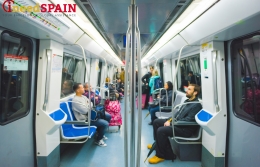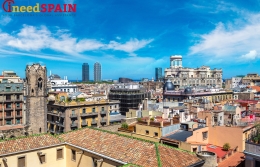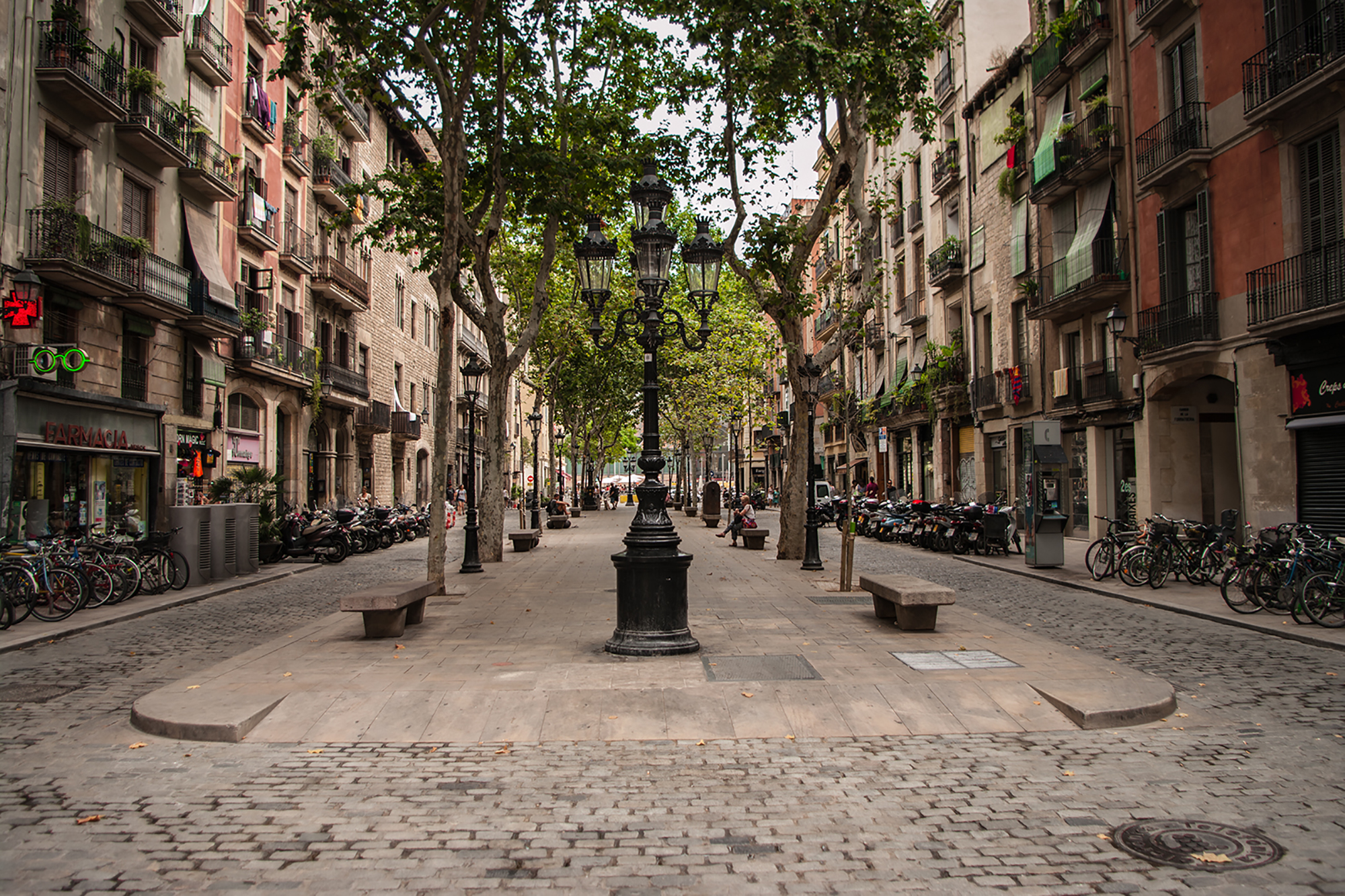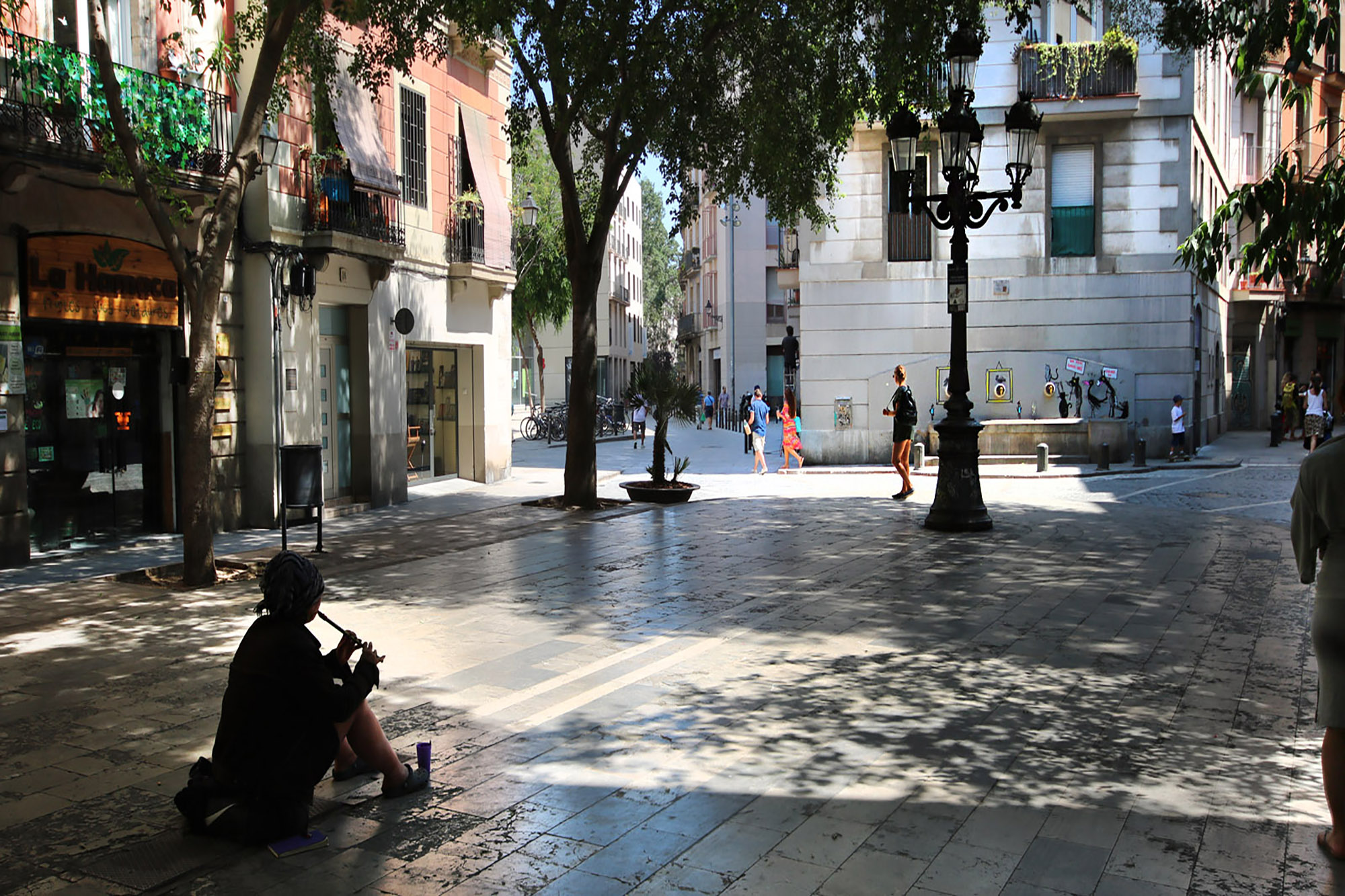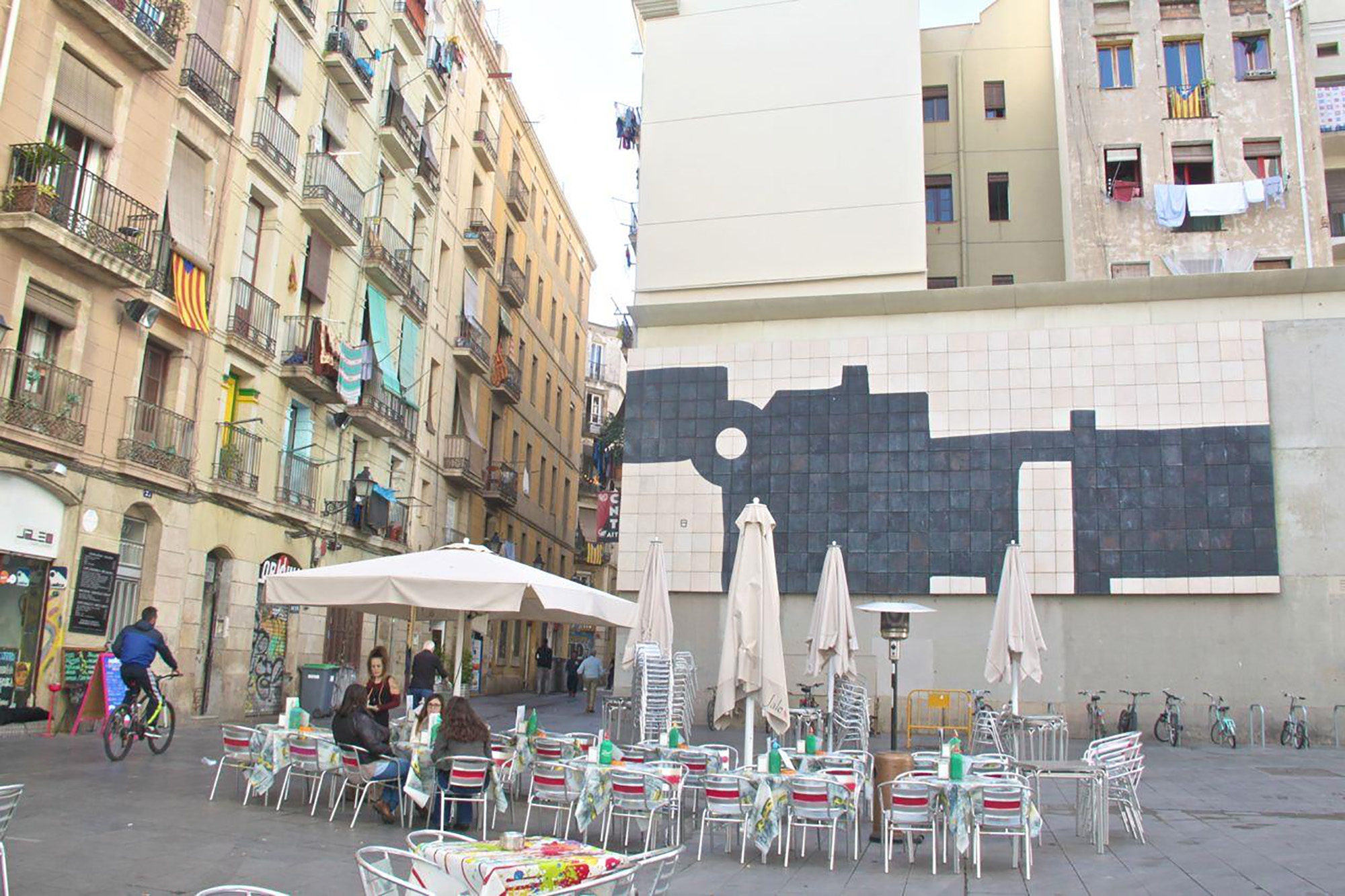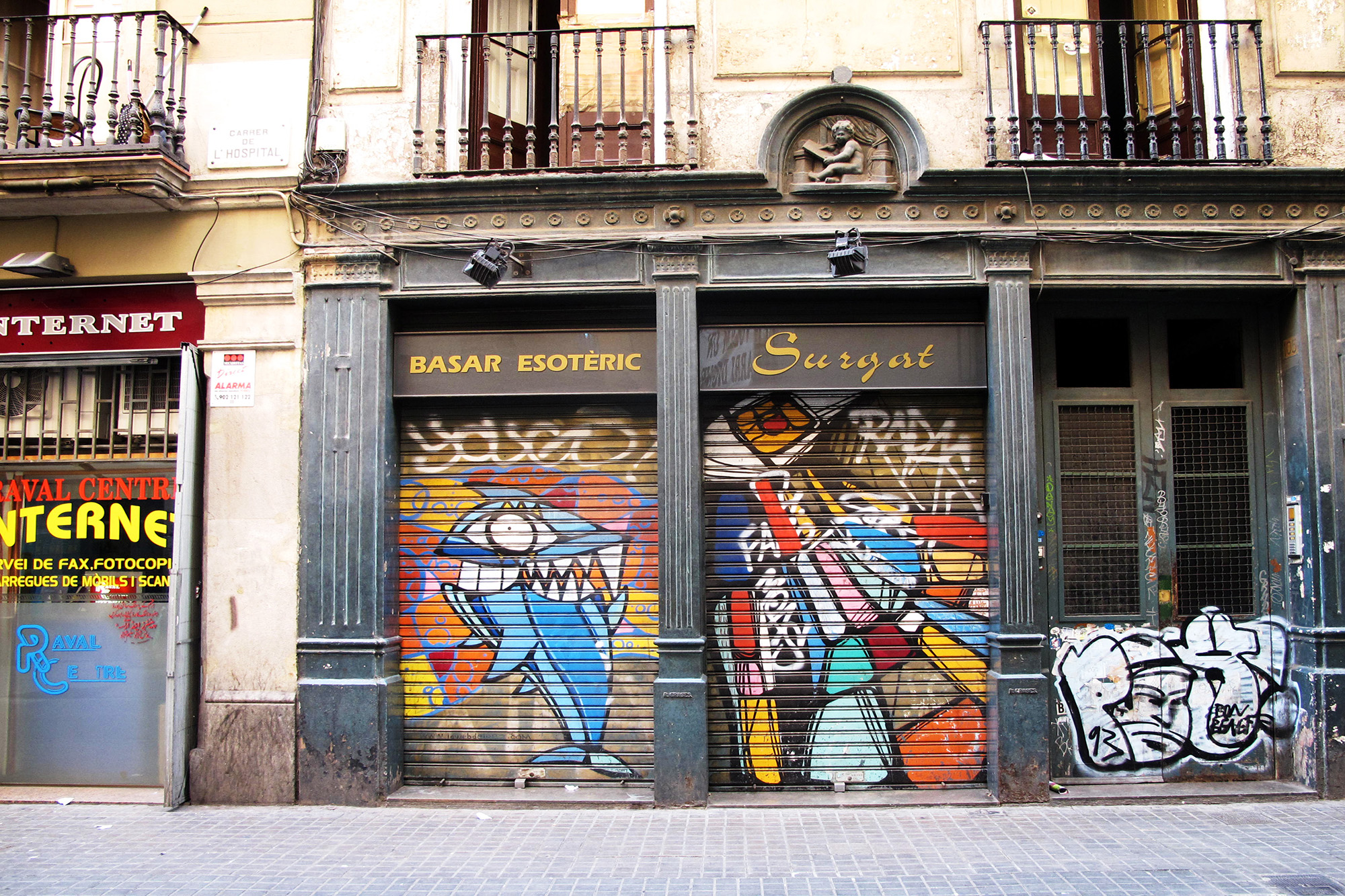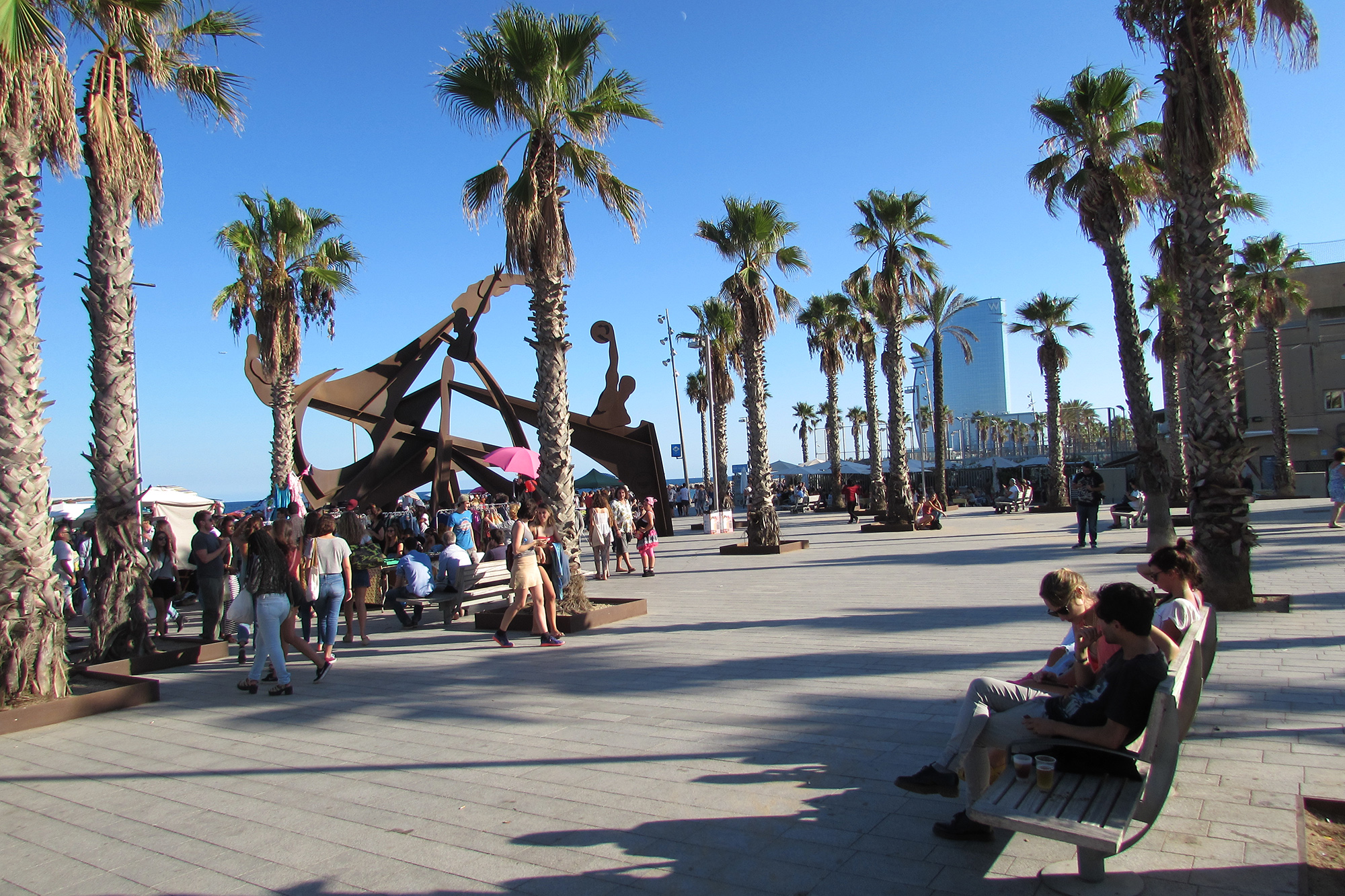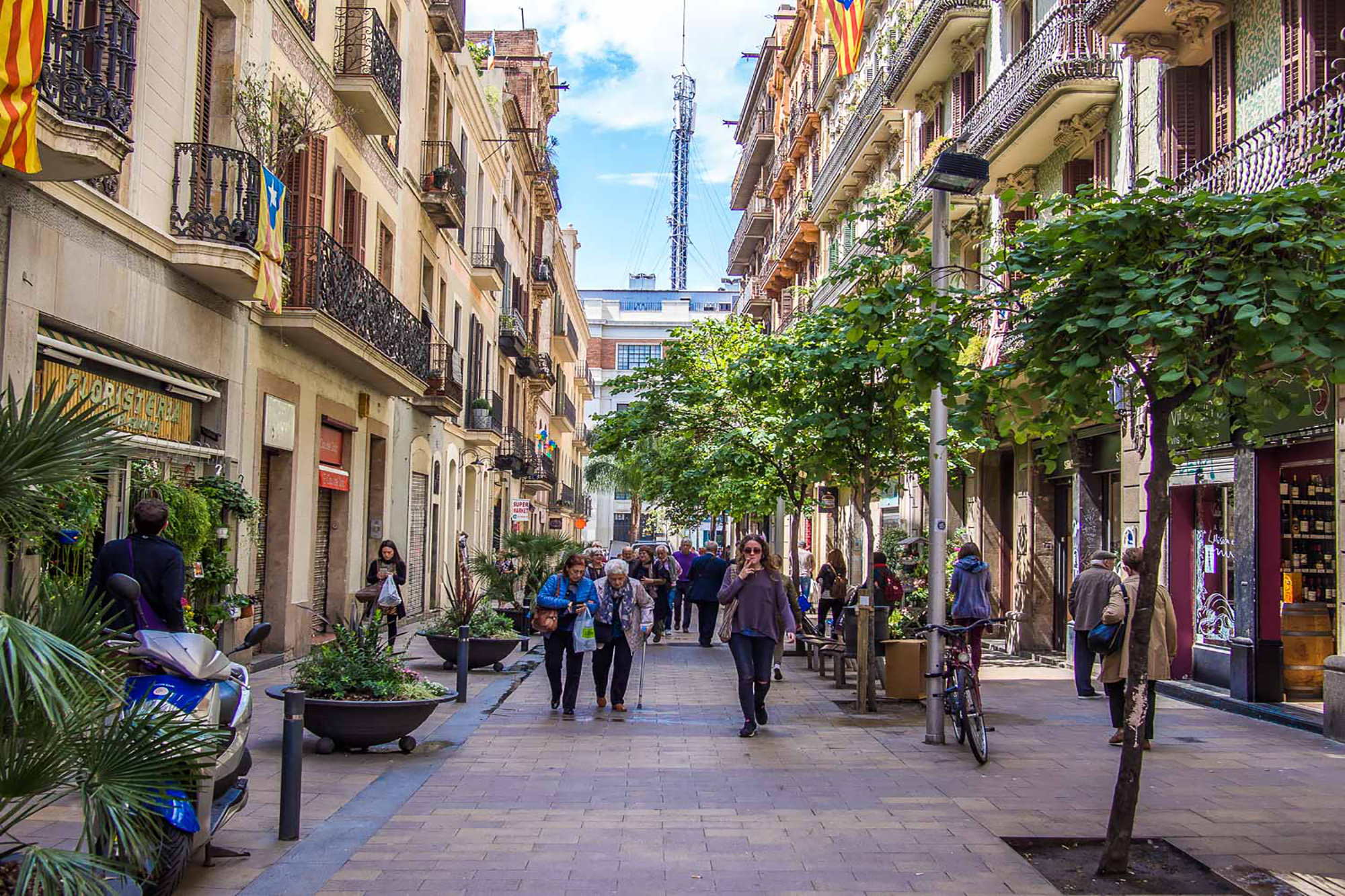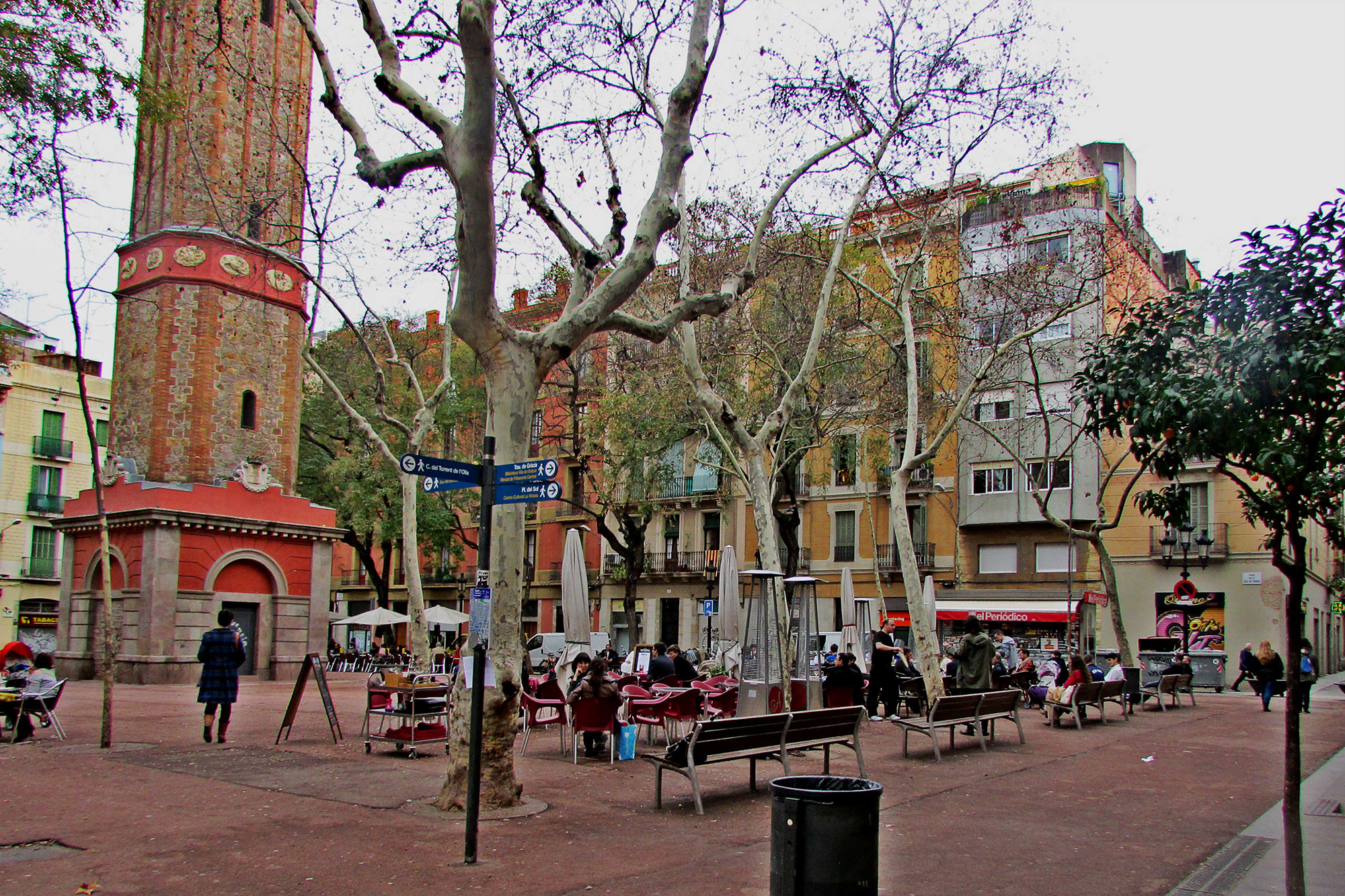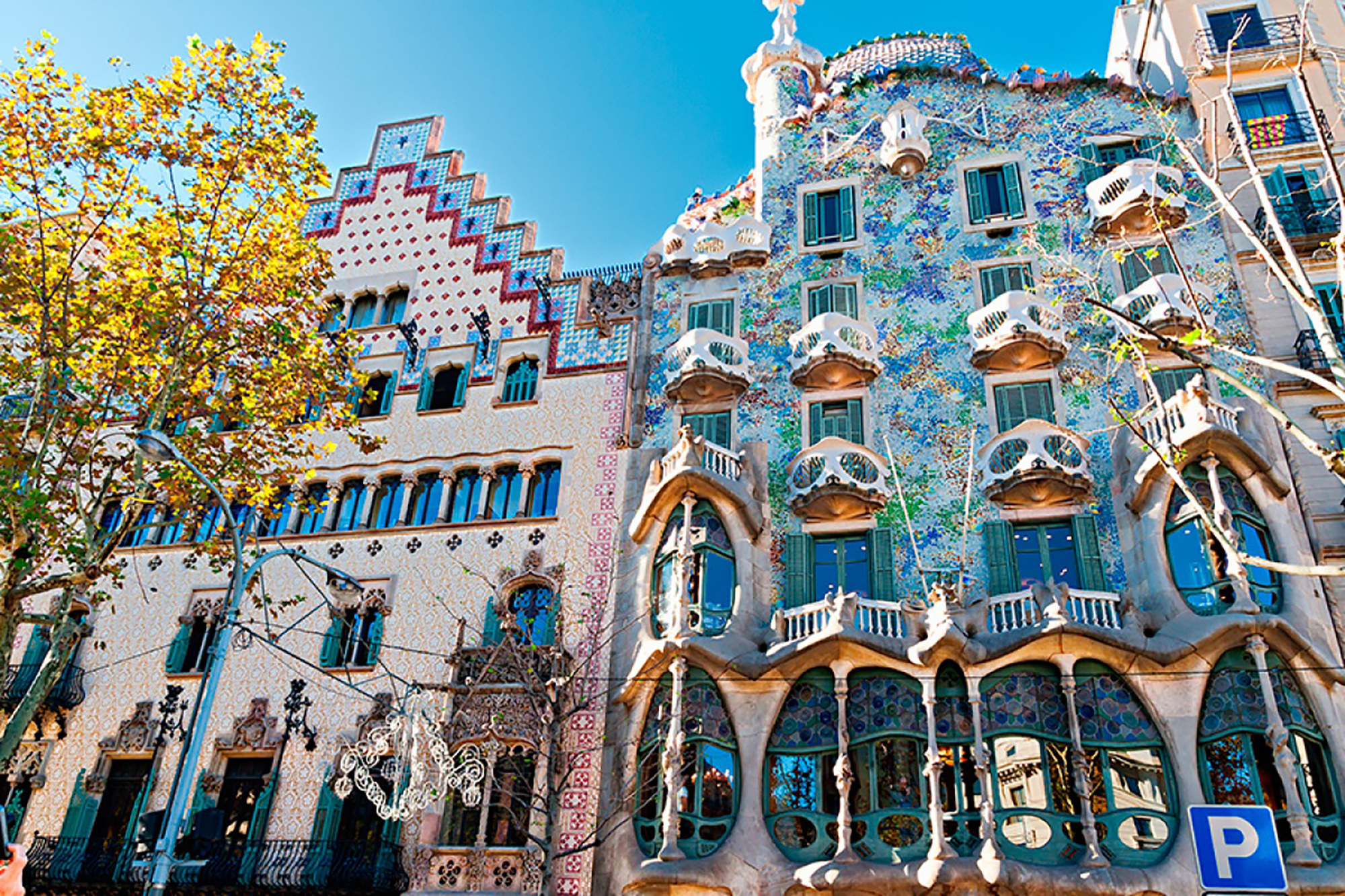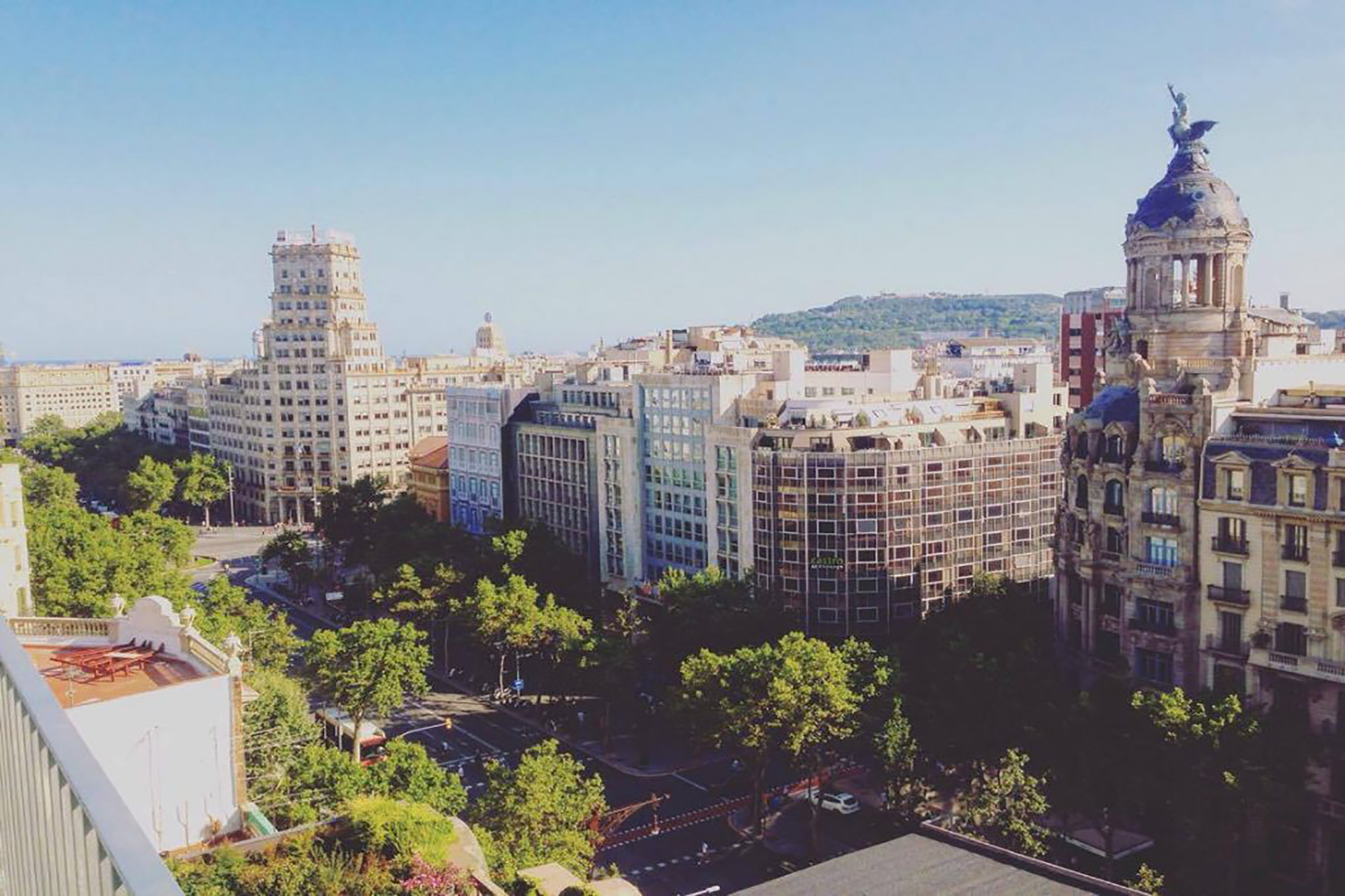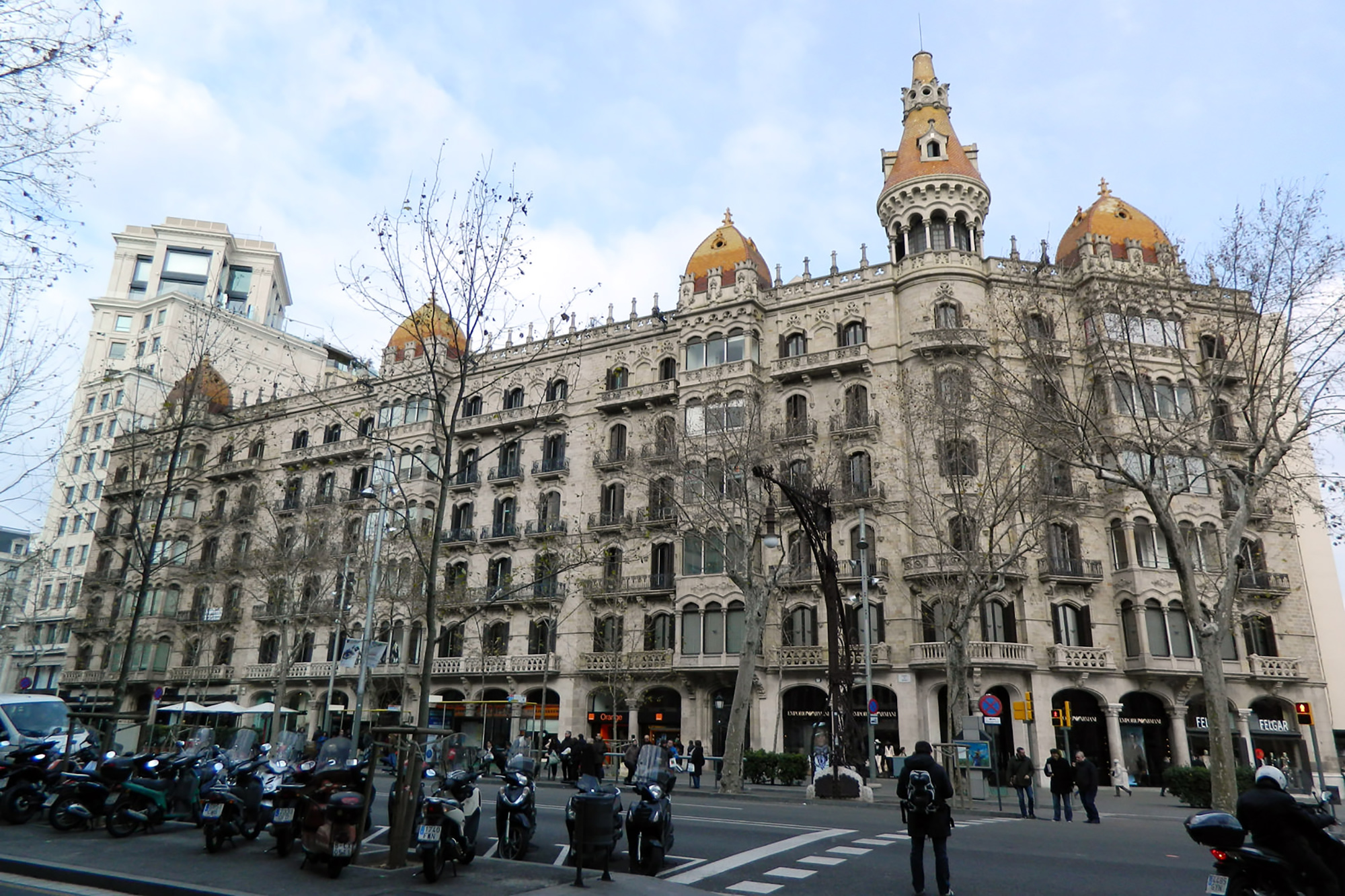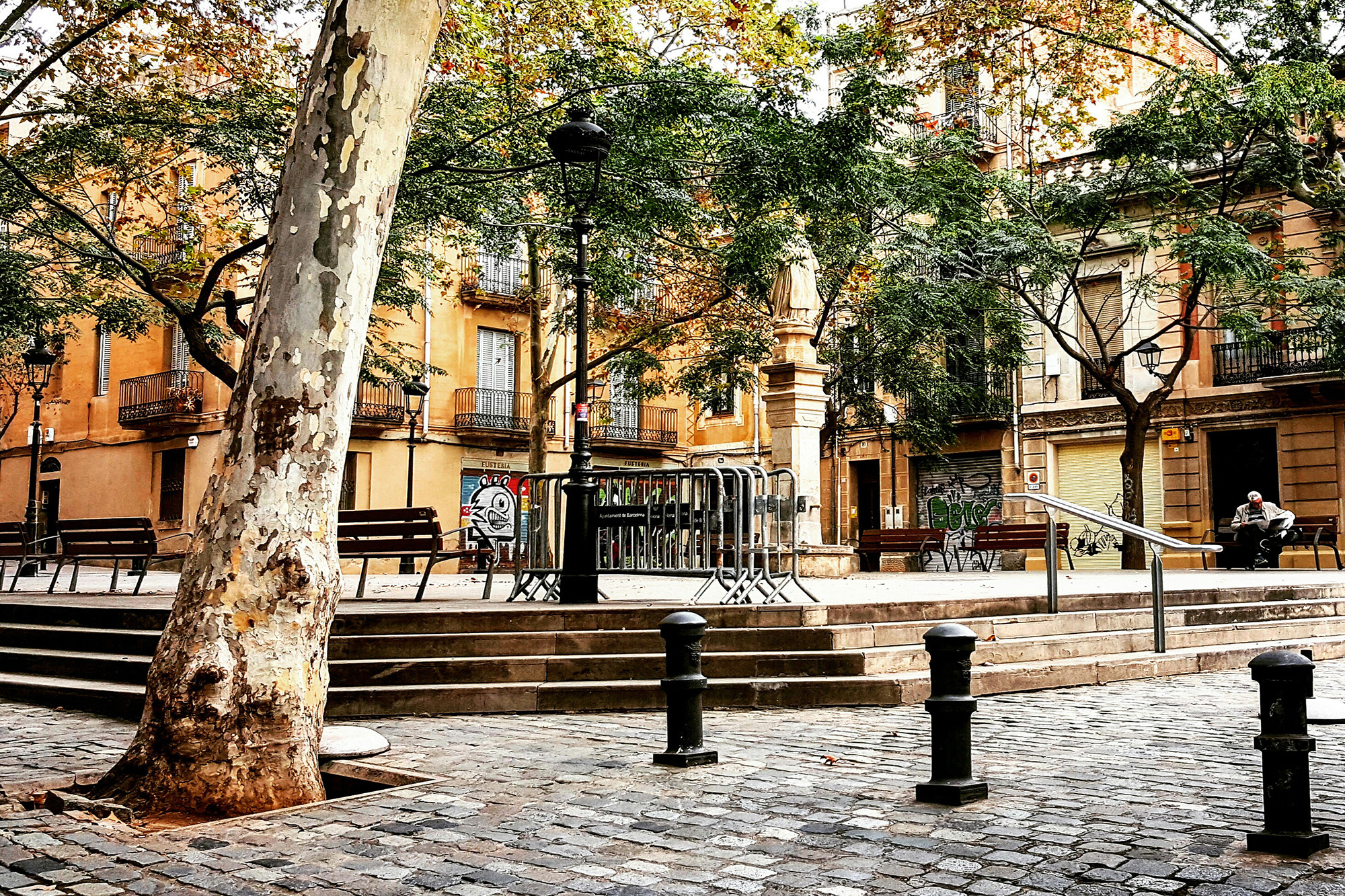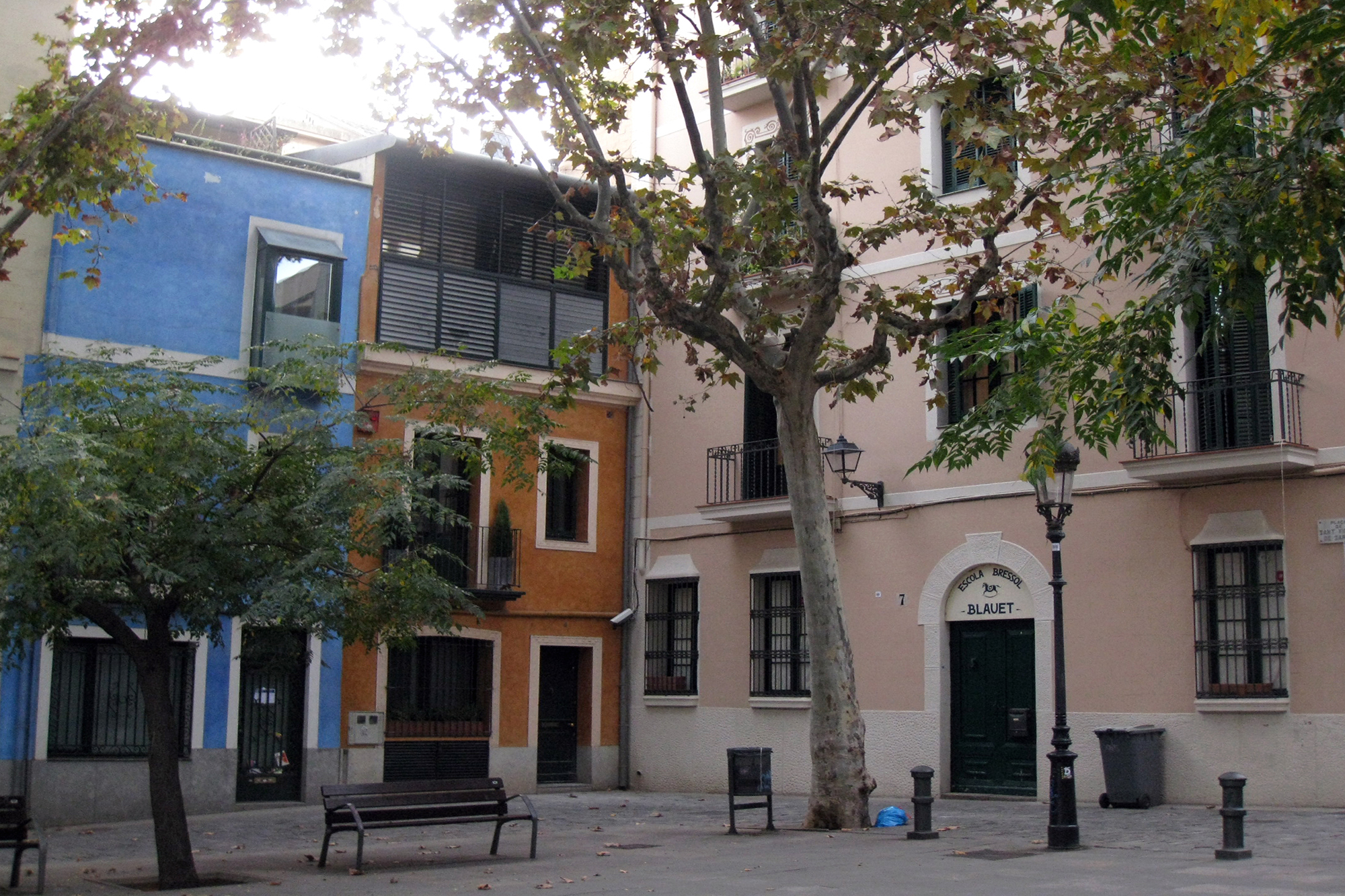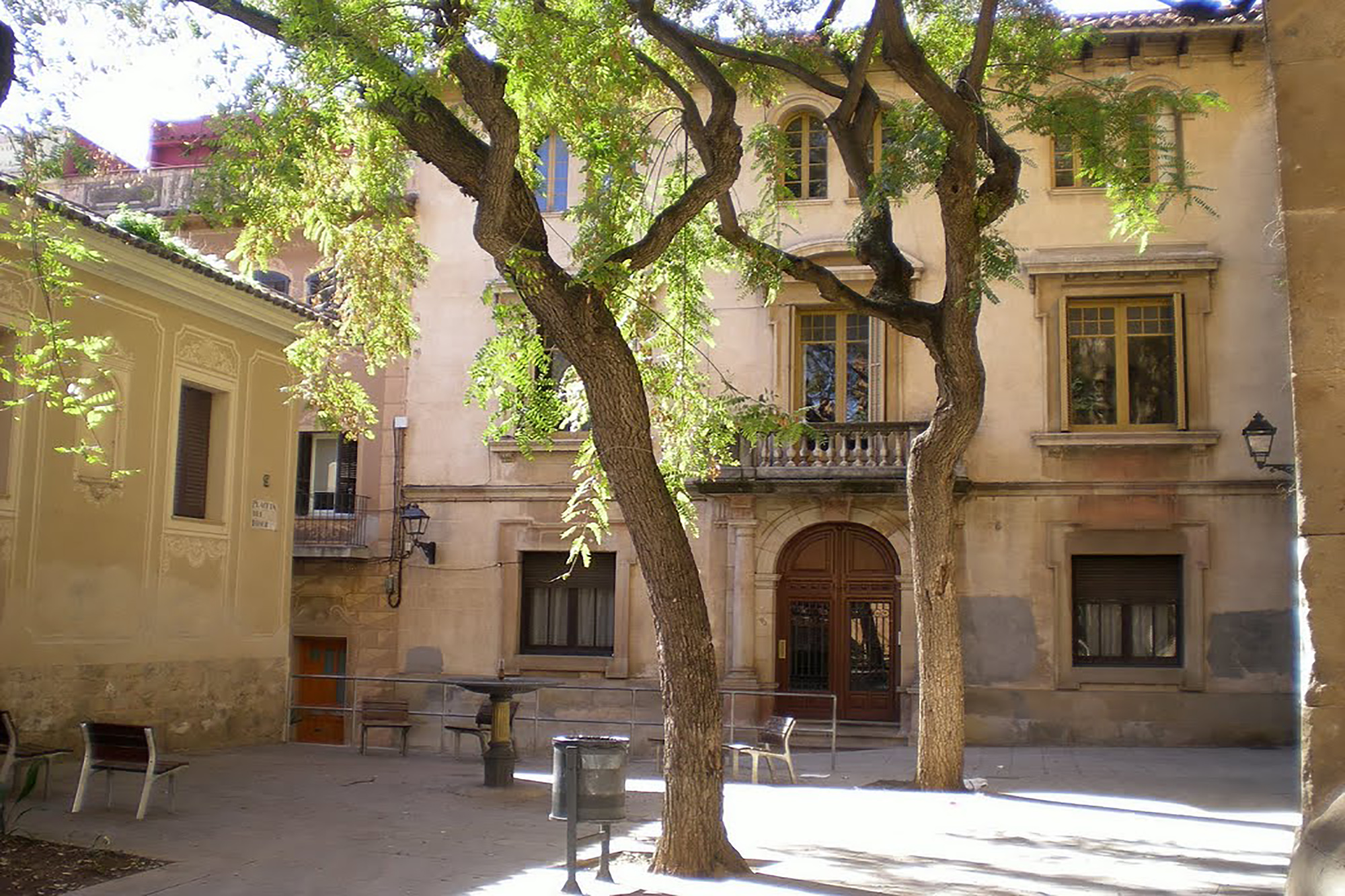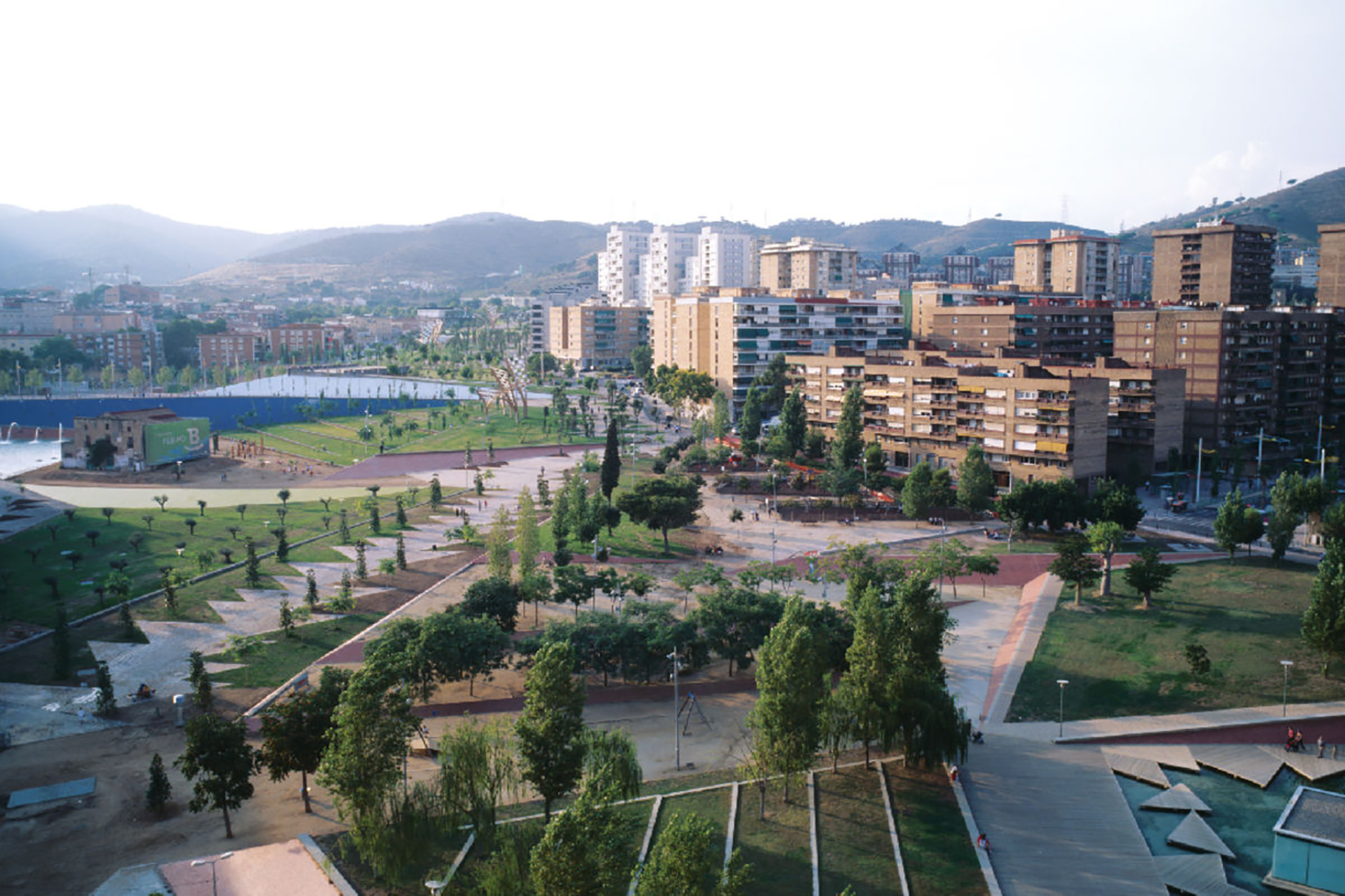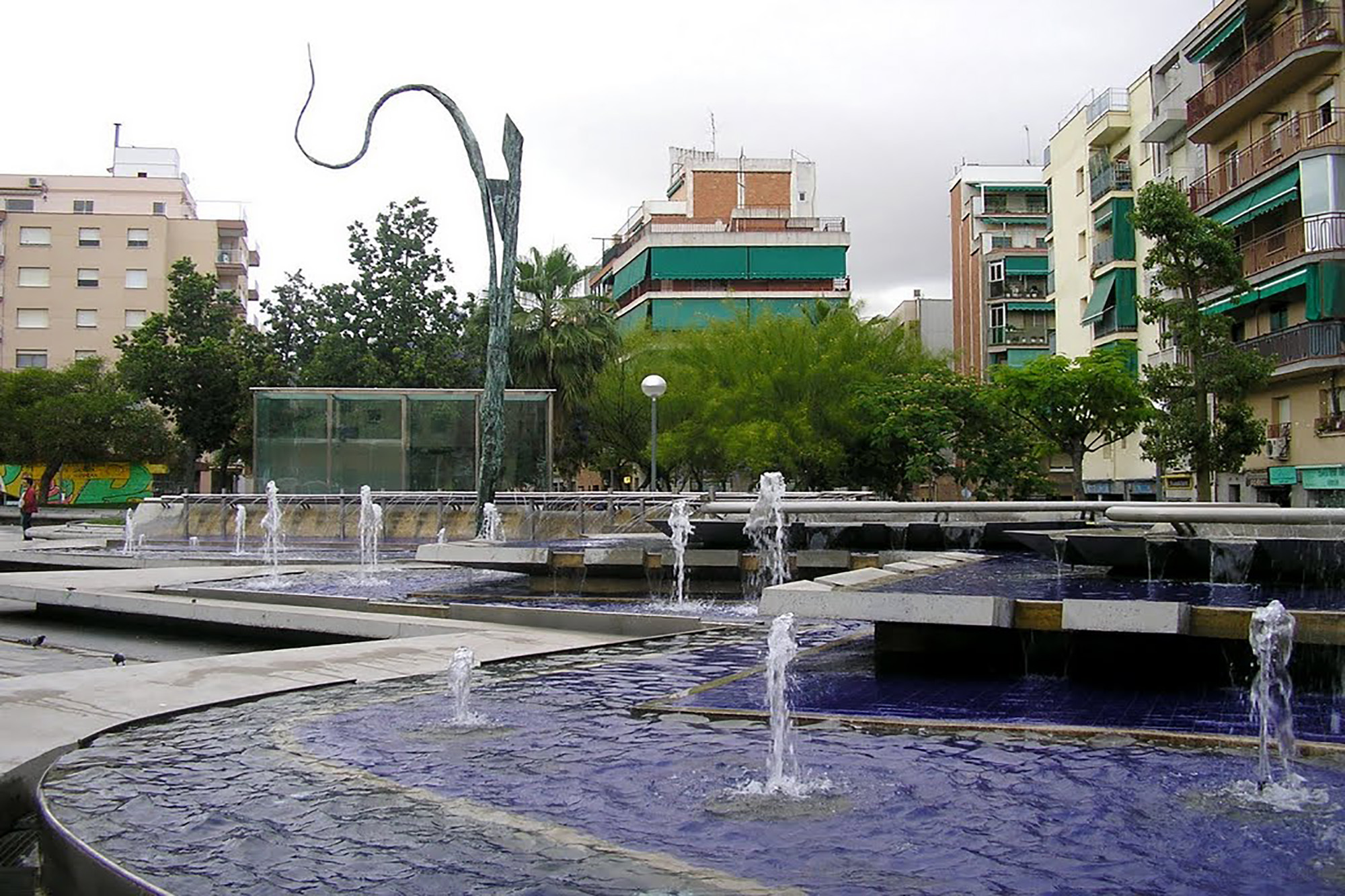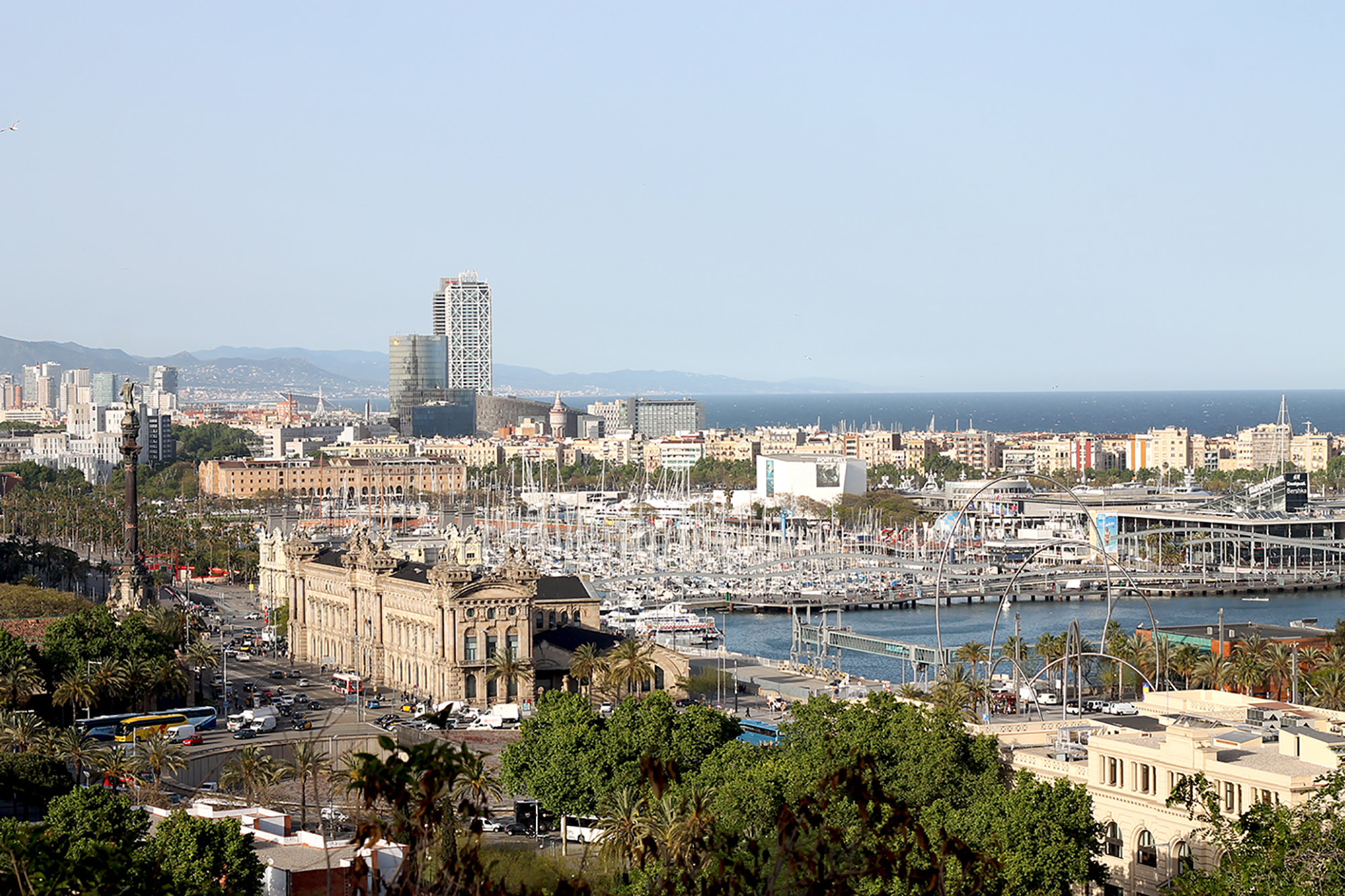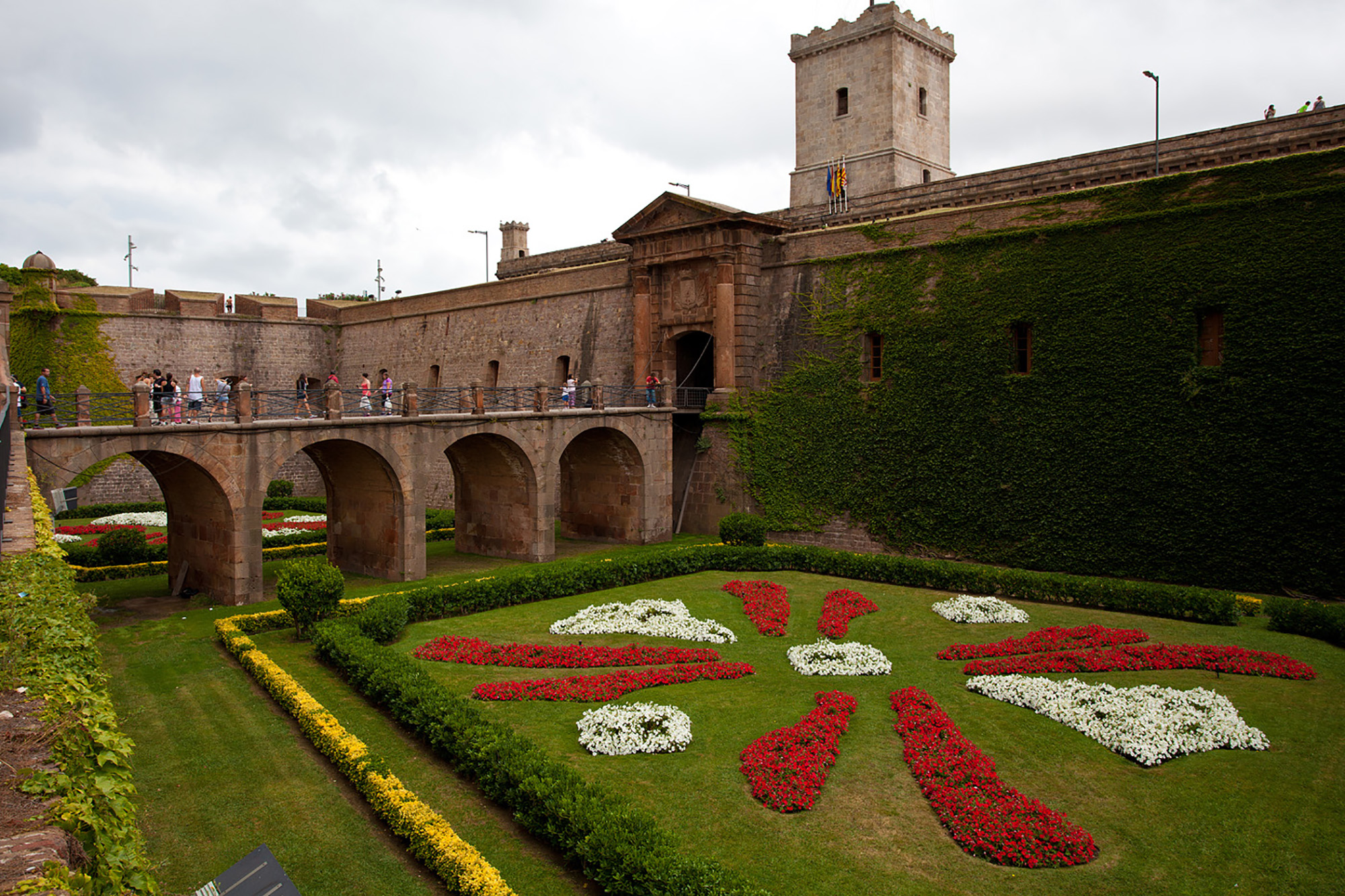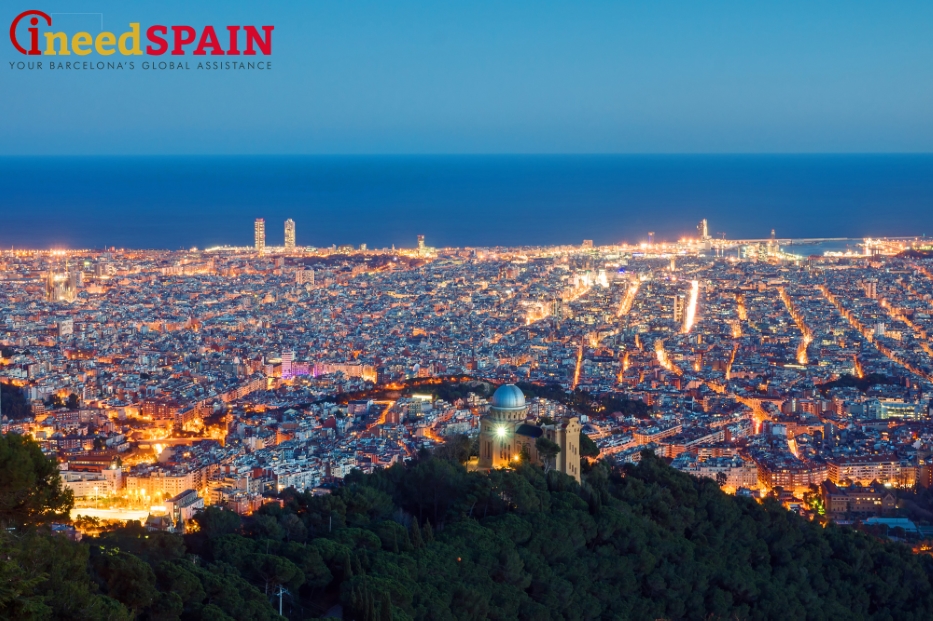
In spite of the walking distance between the areas, each and every one of them demonstrates a unique character. Sometimes just by crossing a street, one can travel from the bourgeois world of glamorous bars and brightly illuminated boutique showcases to bohemian streets saturated with creative energy and the sounds of musical styles from around the world. Barcelona is divided into 10 districts: Ciutat Vella, Eixample, Gràcia, Horta-Guinardó, Les Corts, Nou Barris, Sant Andreu, Sant Martí, Sants-Montjuïc, and Sarrià-Sant Gervasi. Each of these districts is split into several micro-districts (“barrios”), or neighborhoods, each with unique architecture and local customs and habits.
El Born
El Born district of Barcelona is a part of the administrative district of Ciutat Vella. It is a historical center for the city, where visitors can find the Picasso Museum, St. Caterina’s Market, Ciutadella Park, the Arc of Triumph, as well as a vast number of designer shops and restaurants. This district is connected with the Gothic district, with only Laietana street separating these two areas. Yet, compared to the Gothic district, El Born’s atmosphere is completely different; in Born, life flows slowly, and in Barri Gothic, hedonism reigns. It is a real pleasure to savor a cup of coffee while sitting in the sun-lit squares. Another option is to take a stroll towards the park and during the evening hours to enjoy one of the tiny, hassle-free and cozy bars.
Raval
Raval is another district in Ciutat Vella that is famous not only for its noisy lifestyle and the well-known cat sculpture on the main square, but also for its numerous international shops. Here, you can find everything from halal products and Indian spices to Russian dumplings (“pelmeni”) and Borodin bread. This is the home of most of the trendy clubs, bars, and restaurants that can satisfy any taste. Moreover, many concerts are organized in Raval on the square in front of MACBA, the modern arts center. The center itself conducts popular exhibitions several times per season. In this micro-district, life runs non-stop, 24/7. Raval is especially bright and magical at night when crowds of tourists fill the legendary Rambla and visit one restaurant after another one.
Barceloneta
The districts of Barcelona with access to the beach are extremely attractive for active people, for they offer a wide range of activities for fans of a healthy lifestyle. Thus, here you will find sport grounds with equipment, volleyball courts, bicycle paths along the seaside, as well as spaces for skateboarding, running, and jogging. All these amenities are used by active local residents and tourists year-round. This micro-district was a fishing village that gradually grew into a fully-fledged part of the city. Now, many restaurants and bars line the beaches and seaside promenades. These places offer their guests fresh seafood and any world cuisine imaginable, from Catalan to Thai. One popular option as for how to spend the evening in Barcelona is to sit in a café with a view over the marina and enjoy the silhouettes of the yachts and motor boats moored to the harbor. Another variant would be to visit some fashionable clubs, such as Catwalk and Pacha, which lie in the same seaside area.
Gràcia
Until the end of the 19th century, the district of Gràcia, Barcelona was an independent municipality. Today, it is the part of the city that might be called the most popular district in the metropolitan area. This is the living place preferred by expats and local bohemian people. Gràcia is a world of never-ending, vibrant nightlife that is nevertheless different from the nighttime diversion of Raval. Here, you will not see clubs – instead the area is full of tiny cafes and cozy, homelike bars. Moreover, this area is famous for Cine Verde, which shows not only blockbusters, but also art-house movies not released to the general public. It is worth mentioning that this district is home to the legendary design school, Istituto Europeo di Design, the alma mater of many renowned designers in Spain. In Gràcia, visitors also can find alternative theaters with experimental performances. Shopping in Gràcia is different from Ciutat Vella districts as well. Even a professional fashionista will appreciate the wide spectrum of selections: Gràcia offers an abundance of small boutiques with little-known Italian brands, designers’ boutiques, underground show-rooms, and mono-boutiques for emerging Spanish brands.
Eixample
The Eixample district of Barcelona is considered a very trendy area and is famous, first of all, for the street Passeig de Gràcia, the most touristic place in Barcelona. Tourists from all over the world come here to do their shopping, for here you can find several trade centers and the shops with the most popular brands, including Prada, Louis Vuitton, H&M, and Mango. In addition, this is the area where you can admire La Pedrera and Casa Batllo, architectural creations of the great Gaudi. Near the El Clot area, visitors will find Sagrada Familia, and the University of Barcelona is also located near Passeig de Gràcia. Overall, this district seems to be a place preferred by the upper-middle class and for those who come to Barcelona for a university education. Eixample also hosts some of the best language schools, and the university offers skill-upgrading courses and PHD and MBA programs, in addition to traditional programs and courses.
Sarrià – Sant Gervasi
The districts of Galvani, El Farro, and Tibidabo form the basis of this area, except for Sarrià itself, where stars such as Messi and Shakira reside. Every district is unique and is home to different people and atmospheres. El Farro is the place preferred by families with children; Galvani is a hub for stars, lawyers, businesspeople, and successful stylists; Tibidabo is a tourist territory. Numerous high-quality medical centers and premium-class bars and restaurants are located in Sarrià. Here, the street life flows very slowly – one rarely sees the noisy tourist crowds so typical of the historical center of Barcelona.
Nou Barris
This district is located in the northern part of Barcelona, where the streets and squares offer incredible views over the city. Here, you will find fewer famous landmarks; instead, there are many parks and the beautiful square of Virrey Amat with its pond and fountains, as well as a partially-destroyed castle. This area does not feature many trendy places, yet this is the location of the well-known restaurant, Hermanos Tomas, which offers Catalan cuisine. You can go shopping along two famous streets here, Paseo Valldaura and Via Júlia, which feature several multi-brand apparel shops that, among many other products, offer Spanish brands.
Montjuïc
This district consists of Sants, where the train station is located, and the areas of Bordeta, Hostafrancs, La-fon-de-la-Guata, La Marina de Port, Poble Sec, and Zona Franca. The district itself lies on the mountain that bears the same name—Montjuïc—with a medieval castle, Palau Nacional, and Pueblo Español. At Pueblo Español, you can see a medieval Spanish village and the multi-colored, singing fountains that provide one of the most breathtaking shows in Catalonia. A long time ago, Montjuïc Fort, built in the 17th century, was an unconquerable bastille and the main source of protection for the city. Nowadays, it houses the Museum of Weapons and narrates the military history of the region. Moreover, many gardens and green zones are located in this district. The area also has some bars and nightclubs and is home to the famous club, Space.
“INEEDSpain” will help you plan your visit so that you can enjoy the unique districts of Barcelona. We are prepared to assist you by finding the best deals and by providing professional help in organizing various thematic tours so that you are able to see all the iconic landmarks of the city. For a more detailed consultation, please contact us via the phone number or email indicated on the main page of the website.




